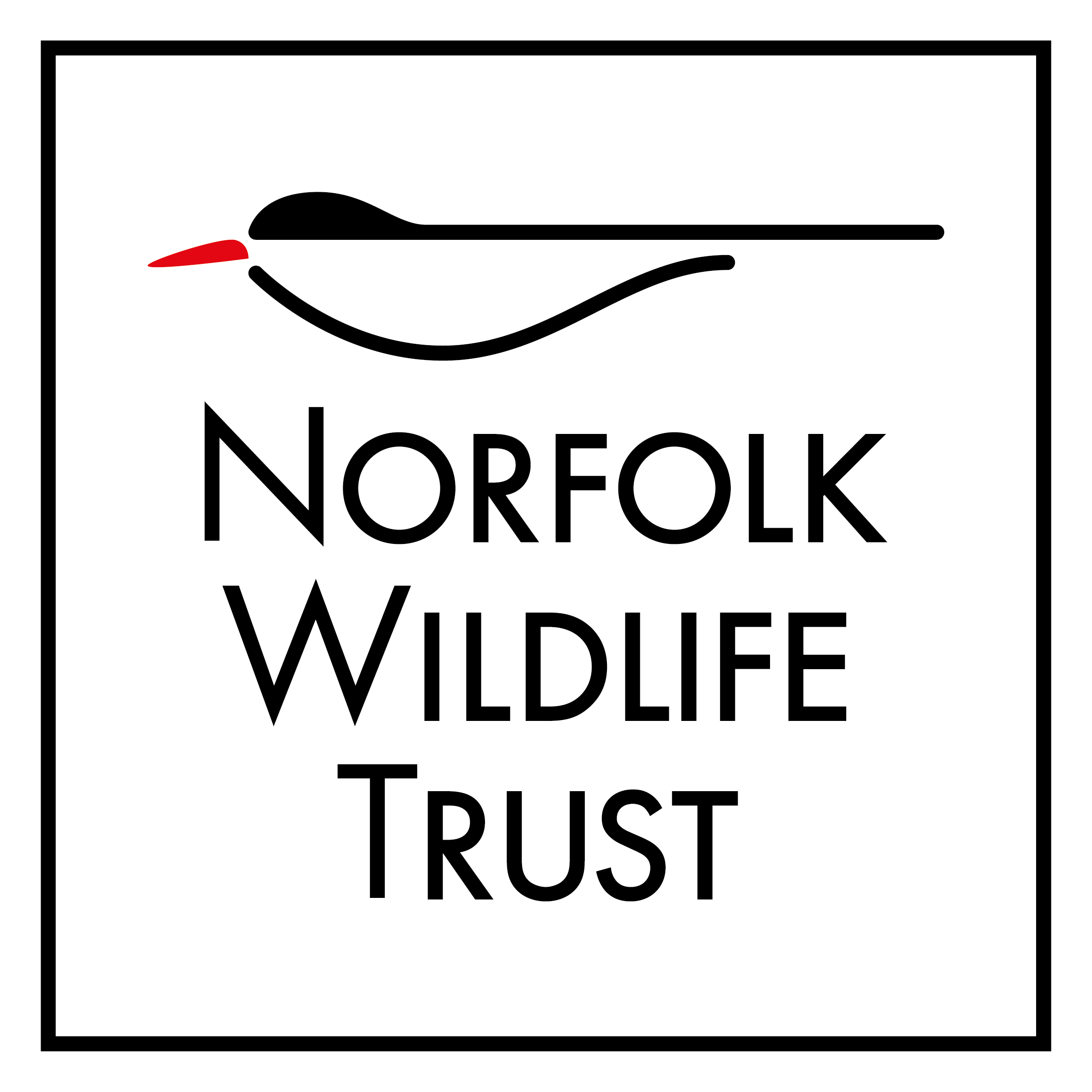Search
Search
Ponds
Ponds
Whether found in a garden or part of an agricultural landscape, ponds are oases of wildlife worth investigating. Even small ponds can support a wealth of species and collectively, ponds play a key…
Fen violet
A pale member of the violet family sometimes known as ‘milk violet’, the fen violet has a delicate and unassuming appearance. A real specialist of the wetland habitat, this species has seen a…
Creating a garden pond and other habitats for wildlife with Stuart Merchant.
In this talk, Stuart will share the story behind a garden pond he recently created with a focus on attracting and supporting local wildlife.
Scarning Fen
It may be small but Scarning Fen is home a to large number of rare plants and insects. This precious site is sensitive to disturbance, so please tread carefully.
The Fens to benefit from Government funding to kickstart the restoration of peatlands
The Fens East Peat Partnership (FEPP), including Norfolk Wildlife Trust, are excited to announce they have been awarded a substantial "discovery grant" by Government as part of their…
Lowland fen
Water-logged and thick with reeds and robust tall-herbs or tussocky sedges, fens are evocative reminders of the extensive wet wildlands that once covered far more of the lowlands than they do…
Rewilding at High Fen
Join Nattergal's site manager Frank Street for an illustrated talk about the ongoing restoration work at High Fen, Methwold
Swangey Fen
A small, species-rich fenland spot, featuring scrub, mature woodland, and grassland. It was kindly gifted to NWT by the Otter Trust.
My new roots
Mary moved to Birmingham for her job and has found volunteering with The Wildlife Trust the perfect way to meet new people and put down roots in a new place.
£5 million government grant to restore peatlands in the Fens
As part of the Fens East Peat Partnership (FEPP), we are excited to announce we have been awarded a substantial "Restoration Grant" by Government as part of their progressive Nature for…
